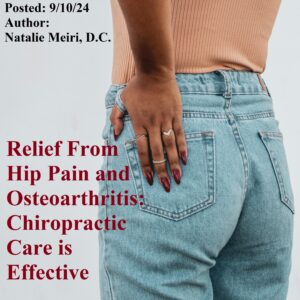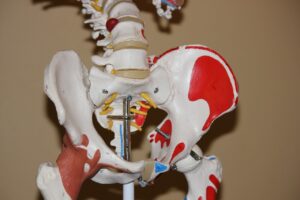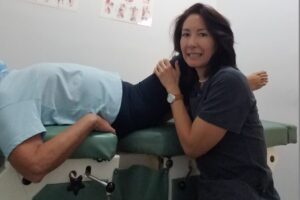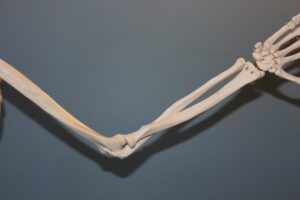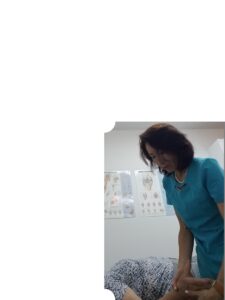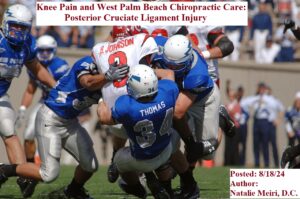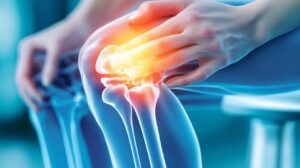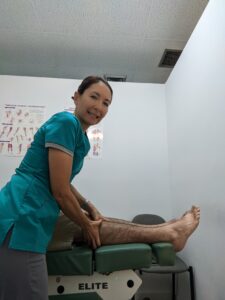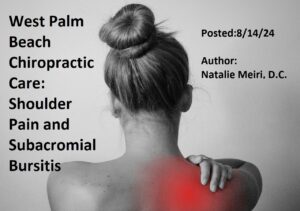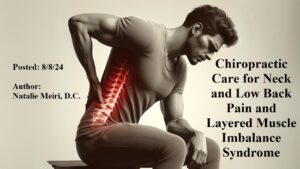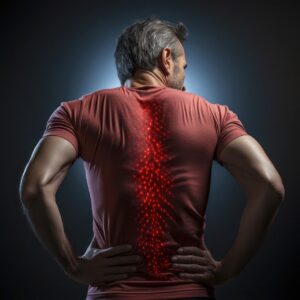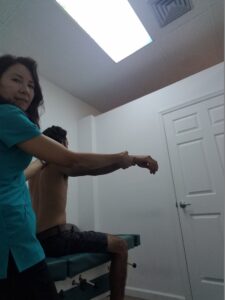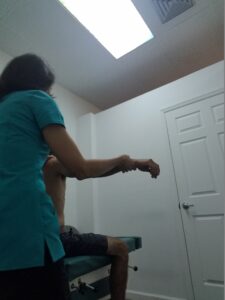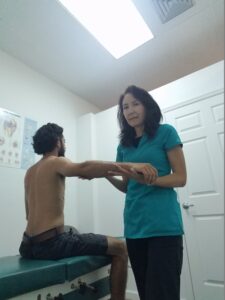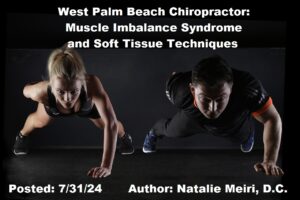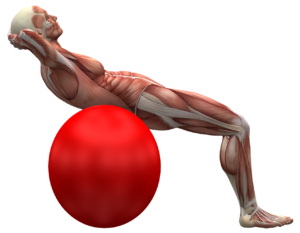
From Dr. Natalie Meiri’s Clinical Pearl Stories:
Chiropractic West Palm Beach: Chiropractic Care for Martial Arts Injuries in a Child
This was a 13 year old patient with martial arts related injuries. To be HIPAA compliant, I will call him Andrew instead of his real name. Andrew was very happy, outgoing, enjoyed sports, and got straight A’s in school. He had joined a martial arts class for kids a year ago and was competing in contests. His chief complaints were back and bilateral (both) shoulder pain. He felt that his injuries were keeping him from competing at his best and he was always in pain.
Chiropractic West Palm Beach: Andrew’s mother finally brought him to see me after a visit to his pediatrician.
Andrew’s pediatrician had prescribed Nonsteroidal anti-inflammatory drugs (NSAIDs) and acetaminophen along with rest, ice, immobilization, compression, bracing, and elevation for his pain and swelling. This seemed to help for a while, but then he was back to his original state of pain and dysfunction.
Also, Andrew’s mother was concerned about the possible side effects including stomach upset, gastritis, and ulcers that may occur from the drugs. Furthermore, she even read on the list for the side effects of the drugs: The drugs may have a blood-thinning effect and can increase the likelihood of bleeding after a cut, deep bruise, muscle strain, or head injury. Long-term use can affect the kidney and liver.
Lastly, Andrew’s mother knew these drugs could mask pain, which can lead to further injury.
Andrew’s Examination at Meiri Chiropractic
Andrew presented to my office stating he had chronic pain in his neck, back and shoulders. His hyperkyphosis (severe forward curvature of the thoracic spine) was noted on observation and inspection. And a further test indicated he had a structural kyphosis and not a functional kyphosis.
Additionally, upon examination, there were positive tests for his cervical (neck), thoracic (mid back) and lumbar (low back) spine and glenohumeral (shoulder) joint chief complaints. Andrew also had some tenderness and palpatory findings (examine by touching) in the muscles around the spine and both shoulders.
The thoracic x-ray of his spine taken in my office ruled out scheuermann’s disease and scoliosis.
Andrew’s neck, back and shoulder diagnoses were sprains and strains from his martial arts injuries.
What is a Sprain or a strain?
A sprain is a sudden or violent twisting injury of a joint with stretching or tearing of ligaments. A strain occurs when a muscle is overstretched or torn. This usually occurs as a result of fatigue, overuse, or improper use. Furthermore, damage to your attached tendons can also occur with a strain.

Chiropractic West Palm Beach: Andrew’s Treatment for Martial Arts Injuries
Firstly, Andrew’s treatments consisted of chiropractic manipulation/ adjustments of the cervical , thoracic, and lumbopelvic spine, and bilateral glenohumeral joints. Secondly, soft tissue techniques (e.g. myofascial release, pressure point and post-isometric relaxation) was performed on all his tender and spasmed muscles. Thirdly, ice/heat therapy recommendations and exercises to continue his treatment at home were given. Finally, activity modification and recommendations for prevention of further injury were given.
Out Come for his Treatment for Martial Arts Injuries
Andrew started feeling better within a few visits and his neck, back and shoulder conditions completely resolved within a few months. Thereafter, Andrew continued the chiropractic care for supportive/ preventative care and he remained pain-free. Eventually, Andrew went onto win many martial arts competitions.
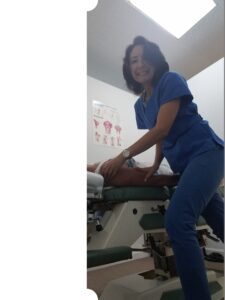
Safety of Chiropractic for Kids
The American Chiropractic Association cites a study done in 2014 confirming that chiropractic adjustments are overwhelmingly safe in infants and children.
In 2009, a survey found that there were about 68 million pediatric visits to chiropractors. The National Board of Chiropractic Examiners’ most recent practice analysis, issued in 2010, found that about 17 percent of chiropractic patients were under age 18 — approximately 7.7 percent aged five years or younger and some 9.4 percent between ages six and 17.
Dr. Natalie Meiri has helped babies and kids utilizing chiropractic adjustments, soft tissue techniques, cranial sacral therapy and therapeutic exercises. She has treated babies with ear infections, kids with ADHD, autism, scoliosis, sports/martial arts injuries and various growing problems. Contact her at 561-253-8984 for further information on Chiropractic West Palm Beach: Chiropractic Care for Martial Arts Injuries in a Child or to make an appointment today.
